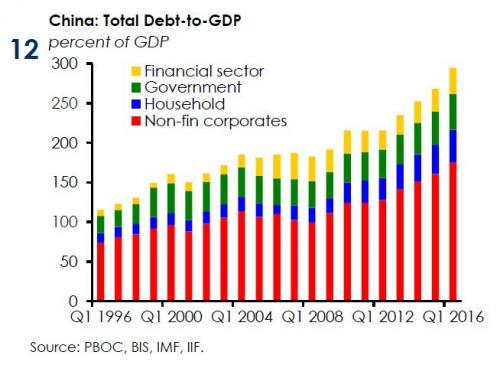Thanks to the leadership of Elon Musk and Tesla–who history will undoubtedly record as a hero–the world is moving into an ICE- free (internal combustion engine) future at last.
Germany-the country who has led the world in automotive engineering since the 1870’s- has voted to embrace the superior efficiency, speed, and clean air of alternative fuel vehicles. See: Germany votes against the internal combustion engine. The ramifications for oil demand are game-changing:
Whatever OPEC can agree at its next meeting on November 30 in Vienna, it is likely to have an impact only in the short term. They should take note of a vote to ban oil-fired car engines in a country that has been and remains at the forefront of the development of the internal combustion engine. The climate change clock suggests a free for all, in which OPEC can only maximize revenue by maximizing volume and that means displacing non-OPEC supply through competition.
So much for price support from an OPEC agreement to freeze output near all time highs in November. Secular demand-decline is underway. Time for oil producers to retool themselves to a world of alternative energy options. This is happening, might as well get on board. Also see Quebec becomes latest market to adopt ZEV market:
Some countries, like Norway and the Netherlands, are exploring much more aggressive ideas for ZEVs (zero emission vehicles) having a 100 percent market share within the same timeframe (2025). All those countries, states and provinces, including Quebec, are part of the International Zero-Emission Vehicle Alliance, which aims at making all passenger vehicles emission-free by 2050.


